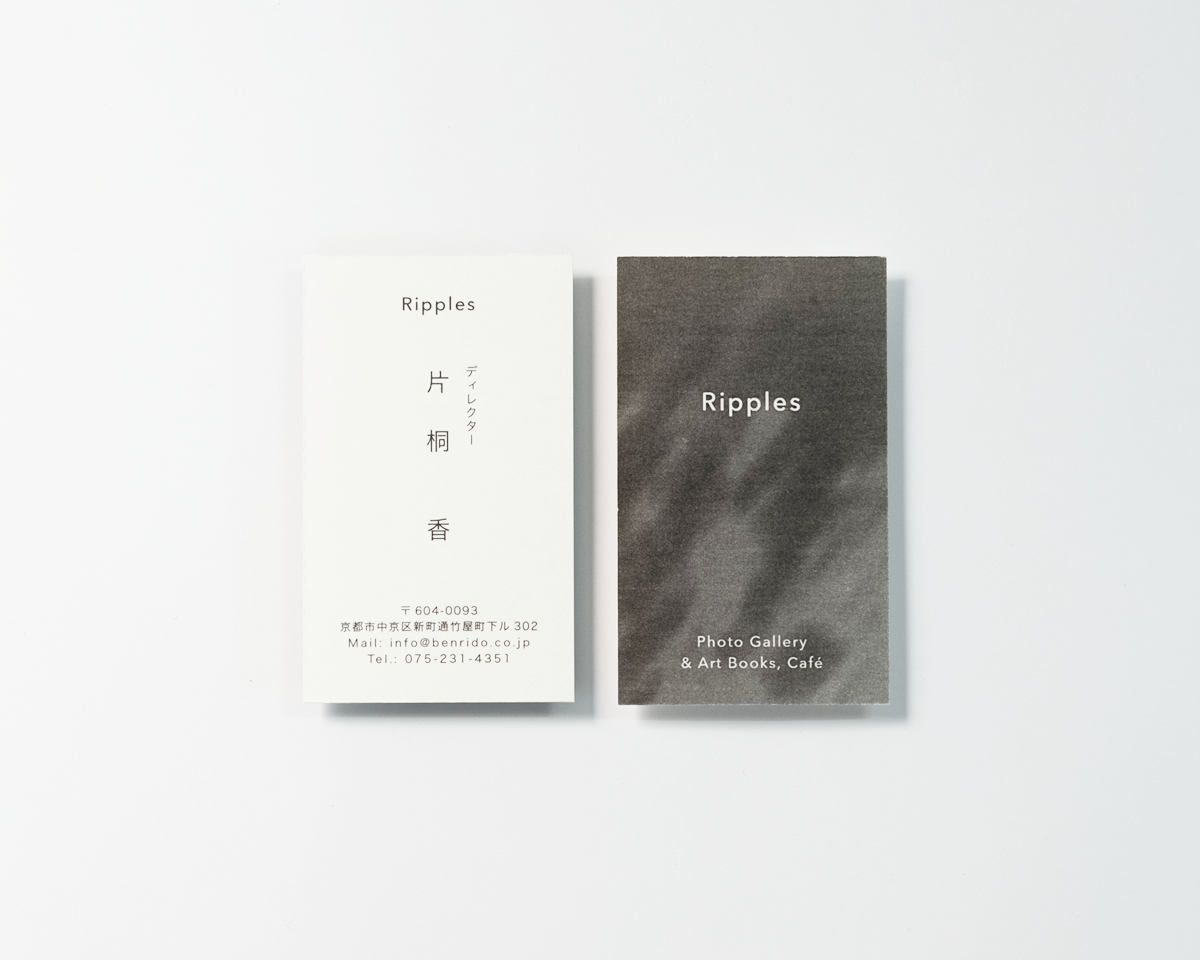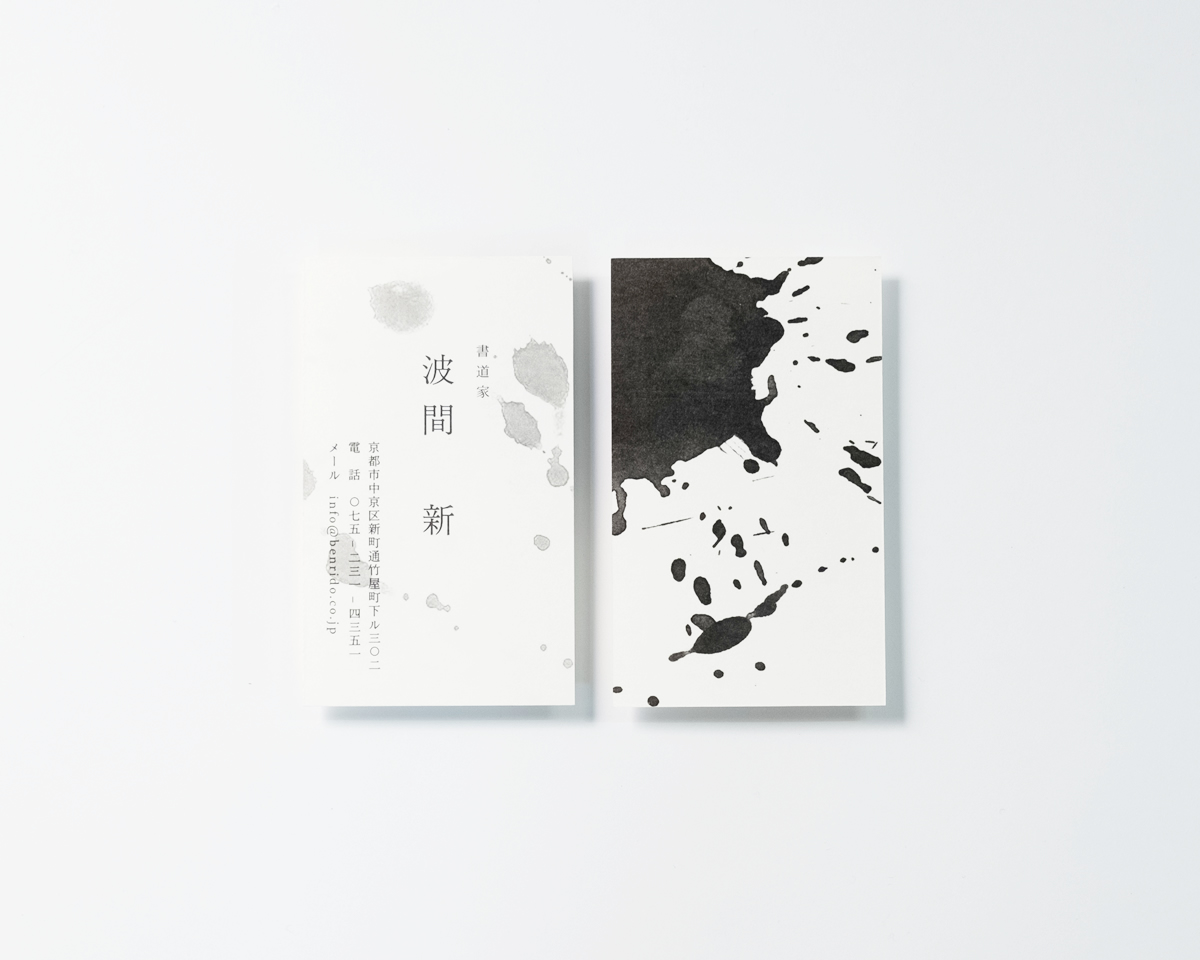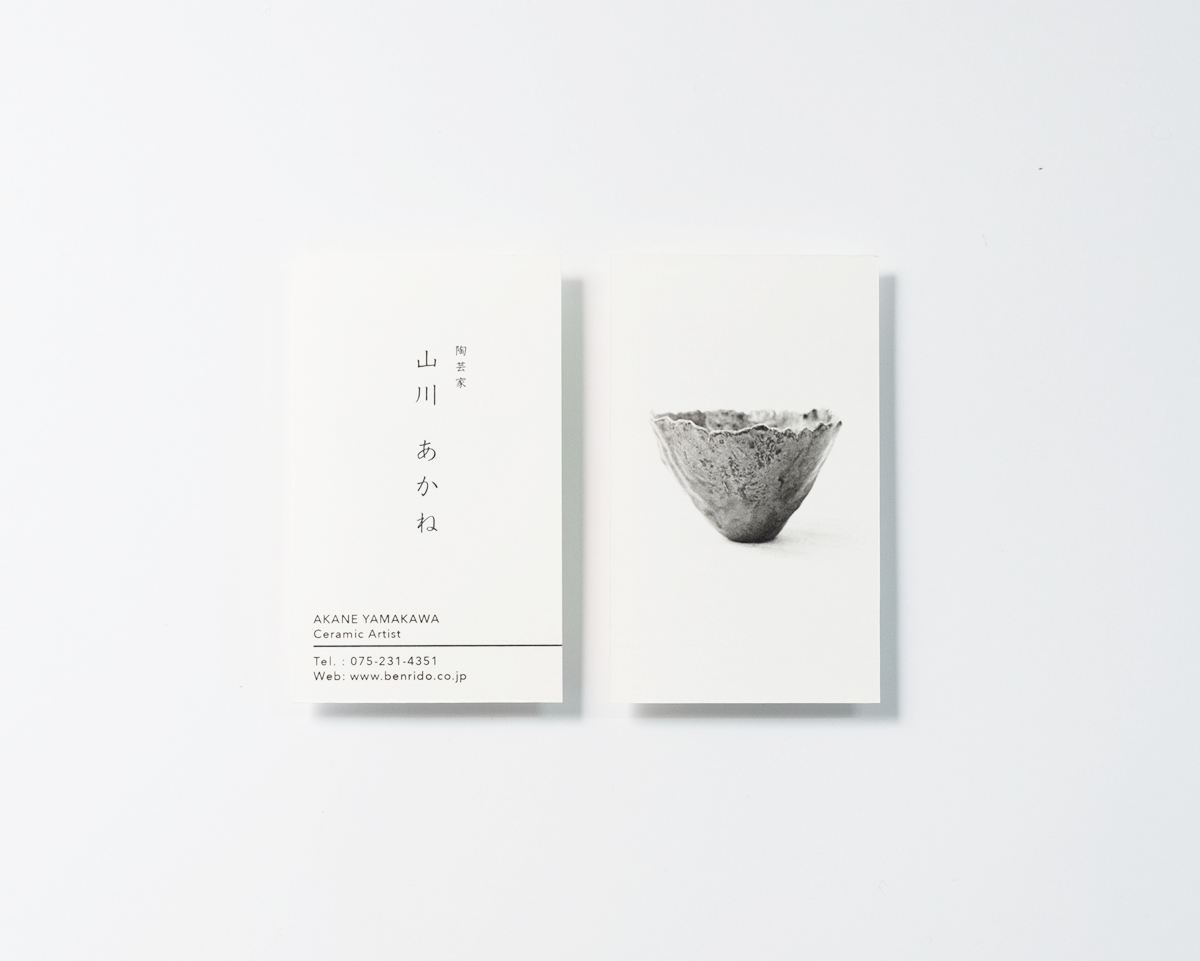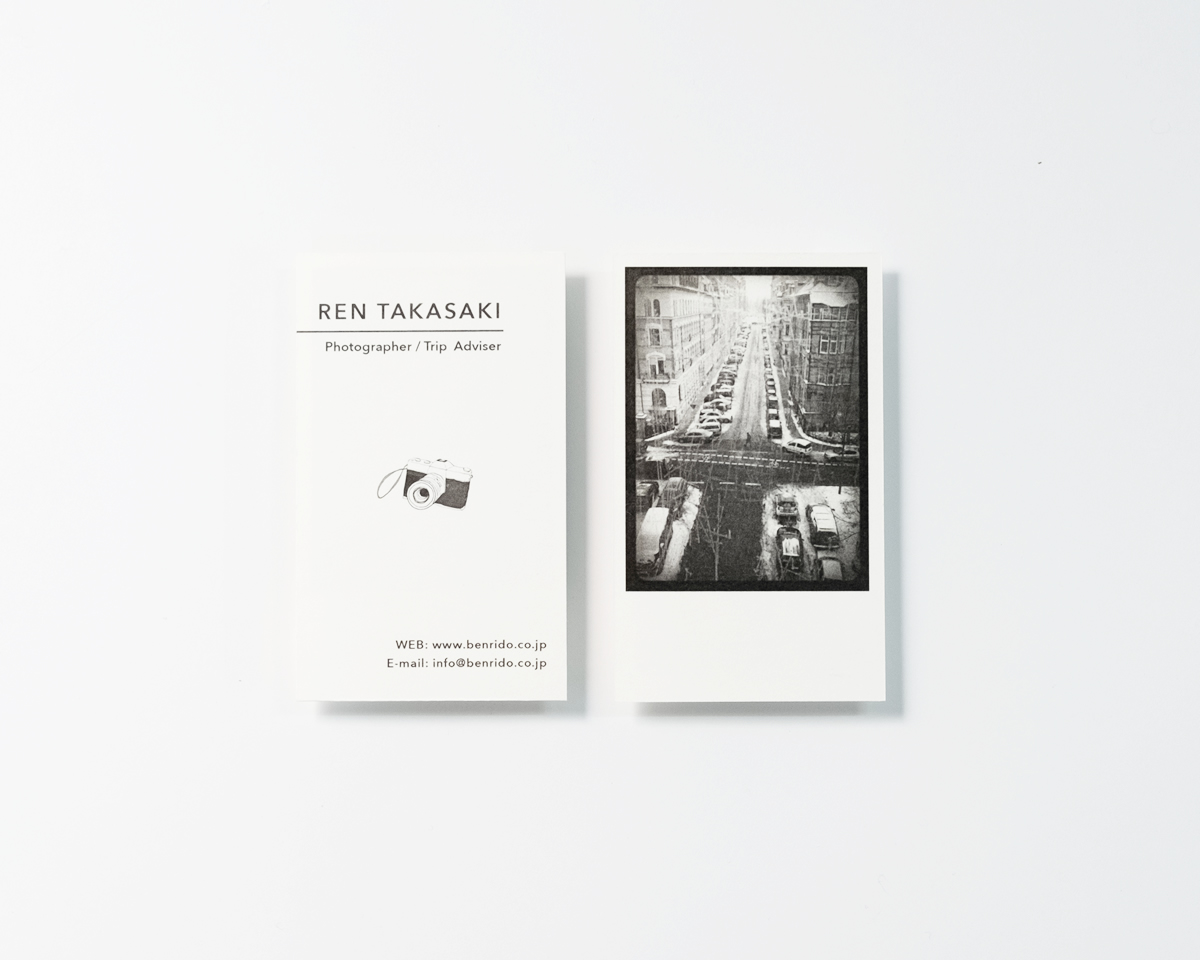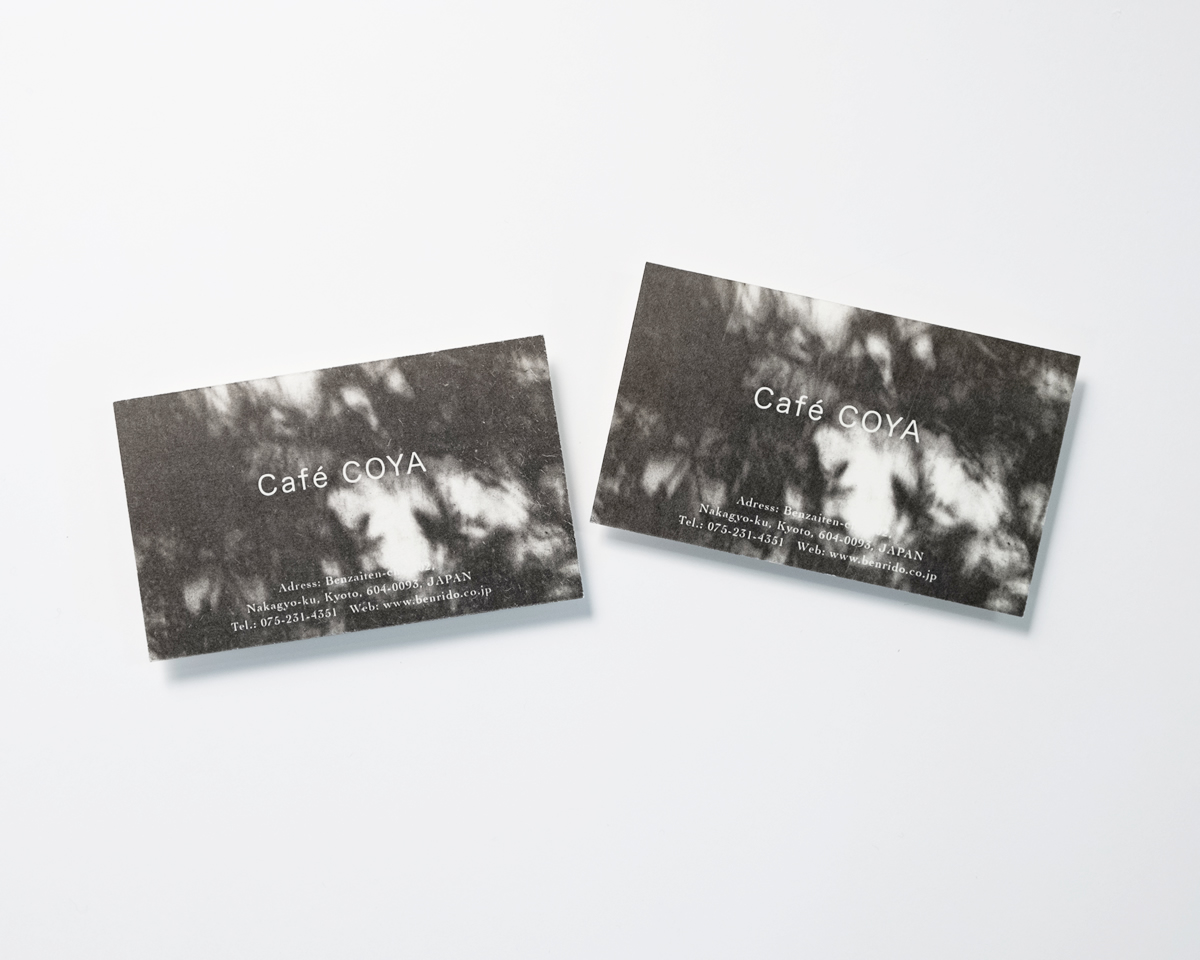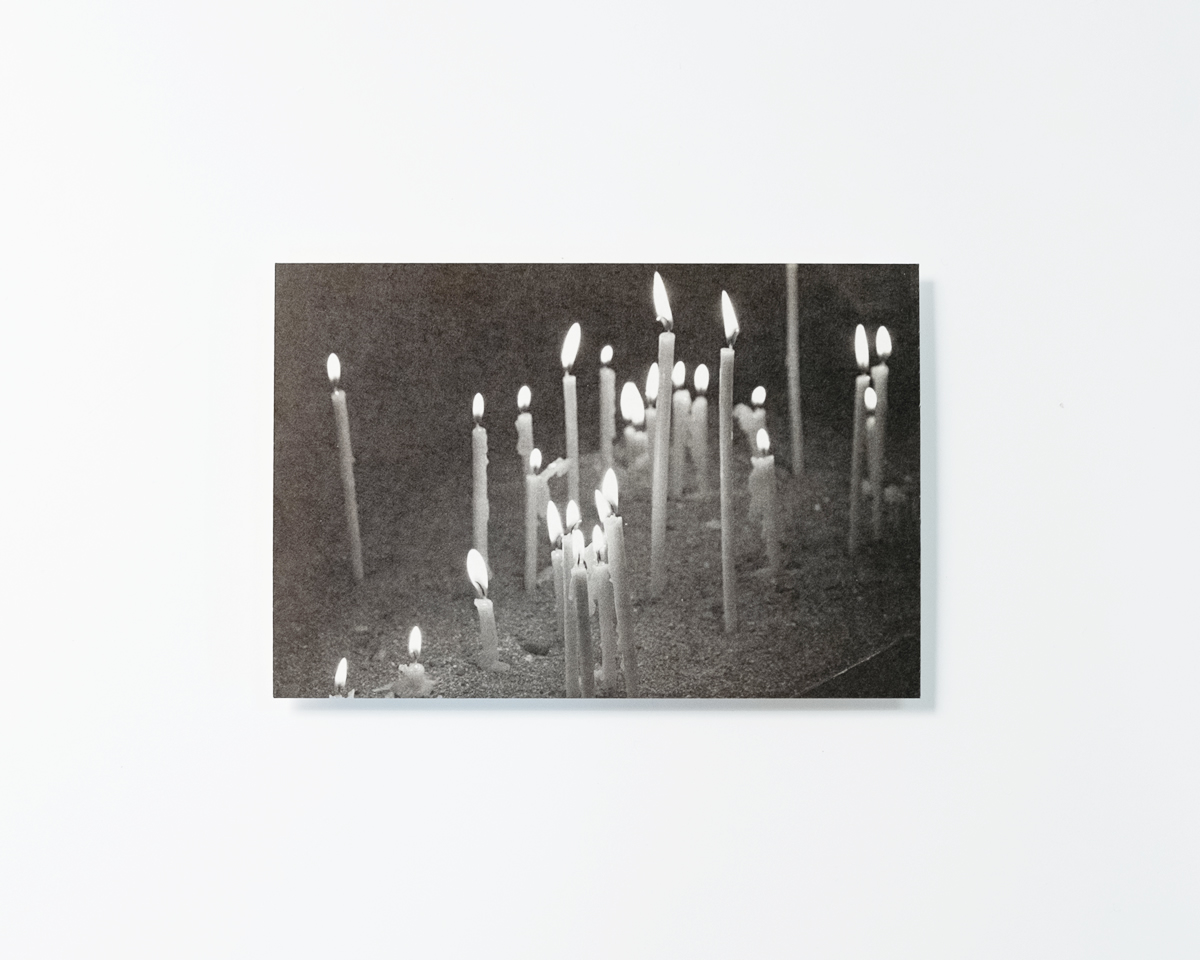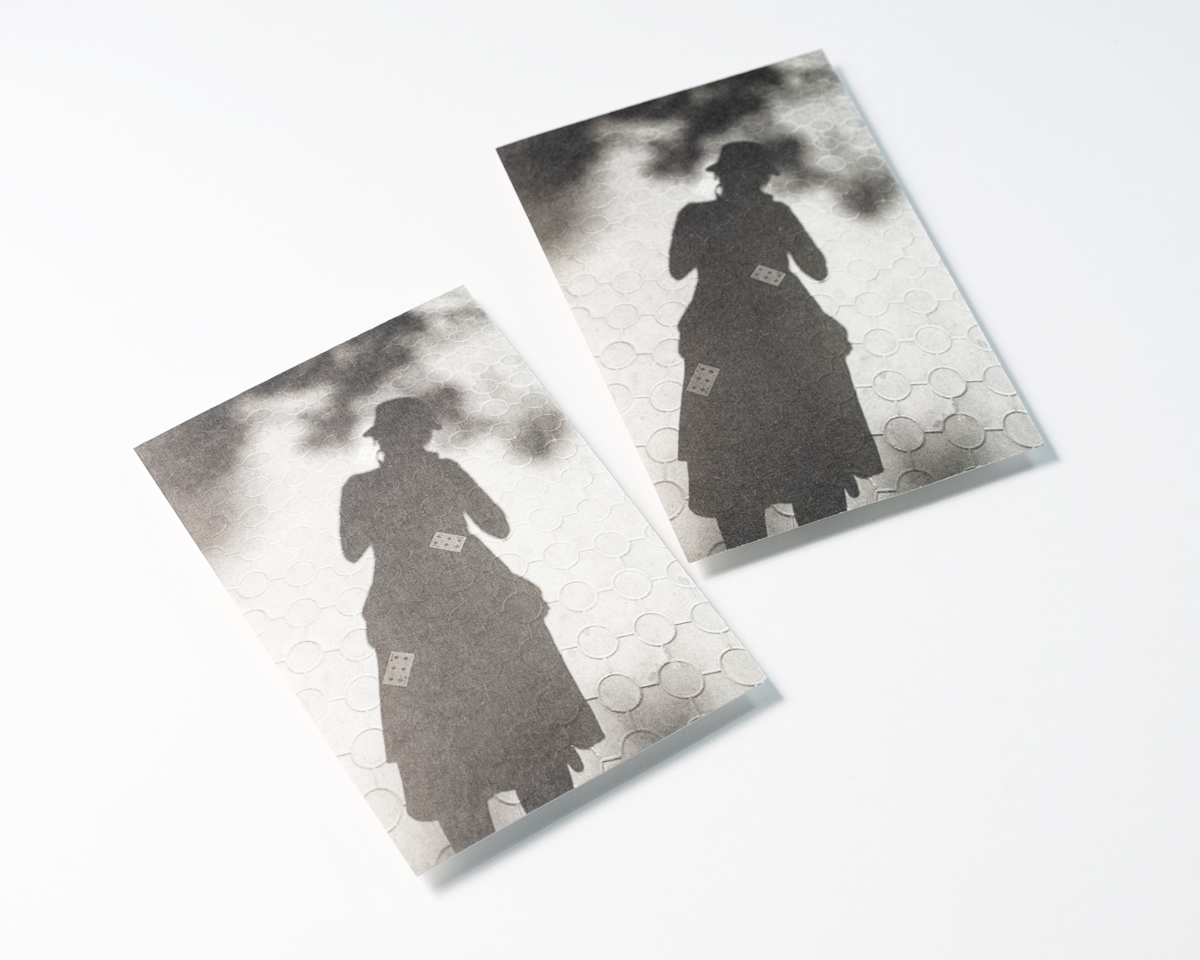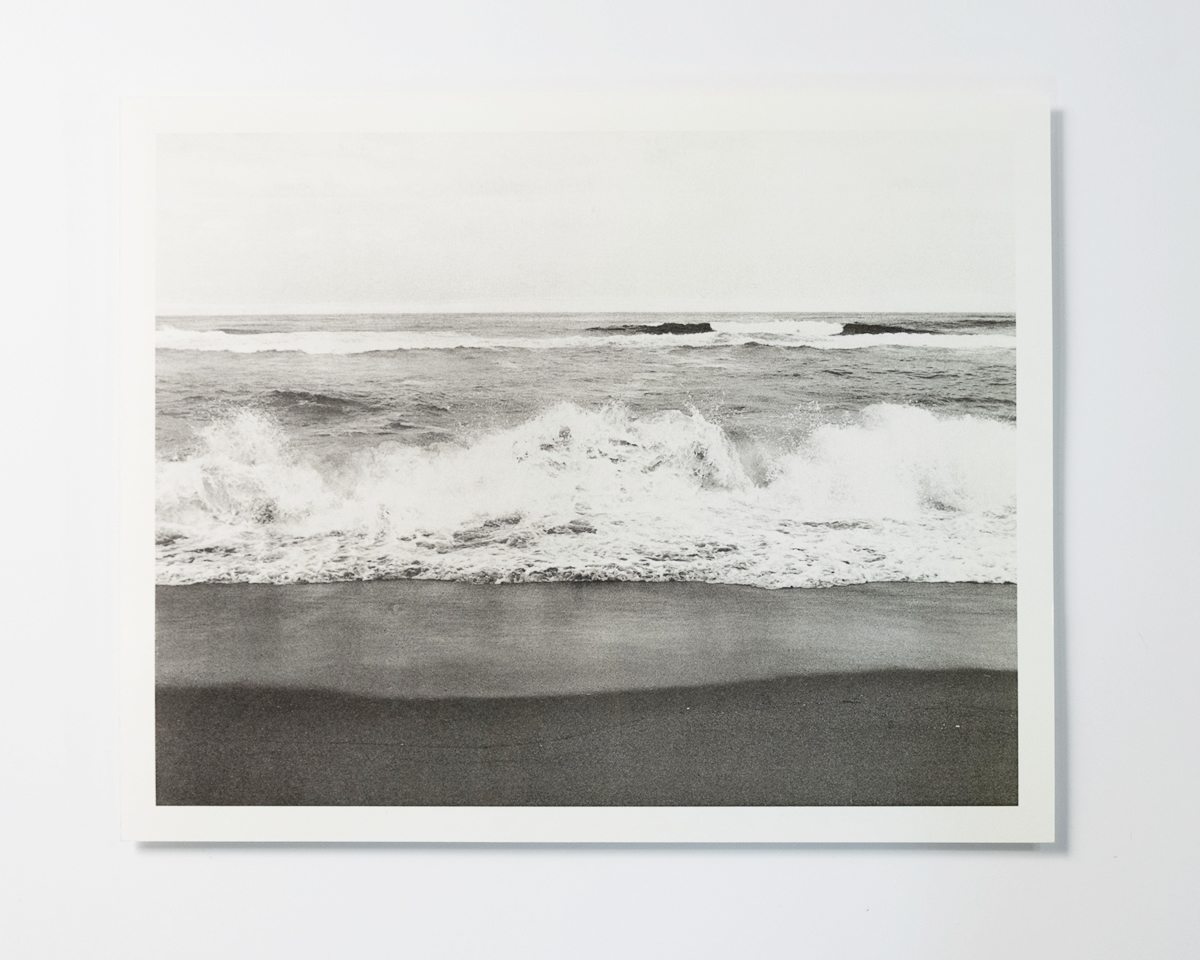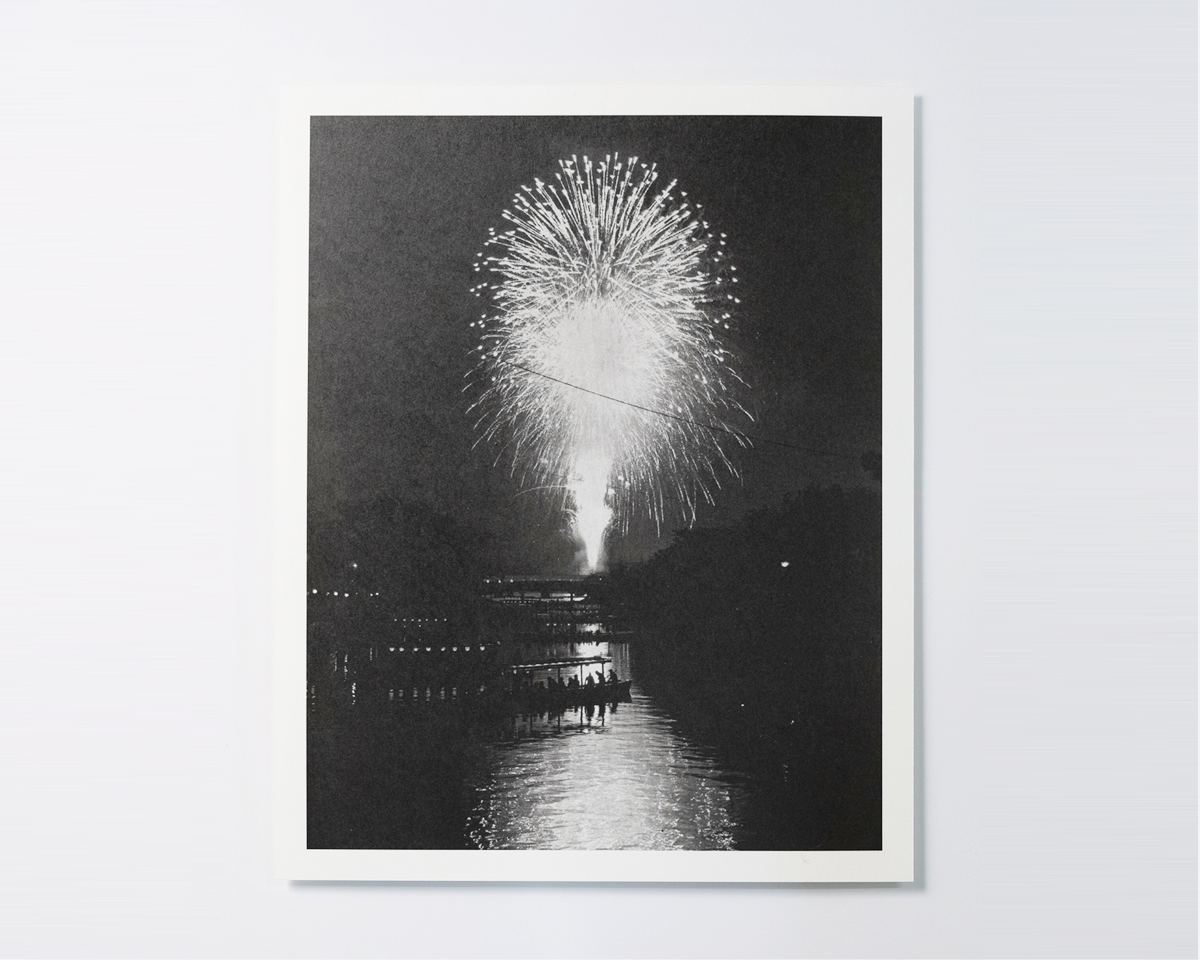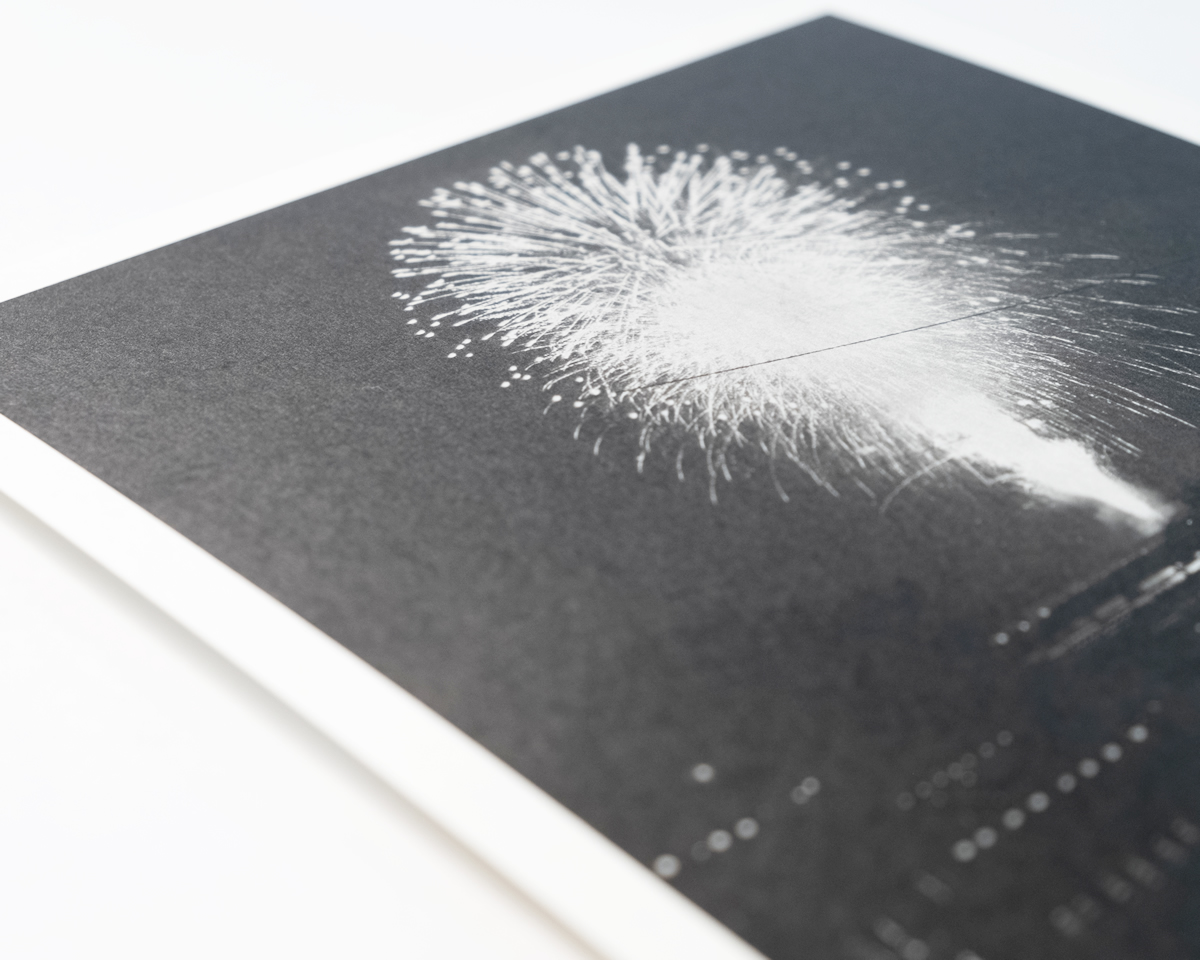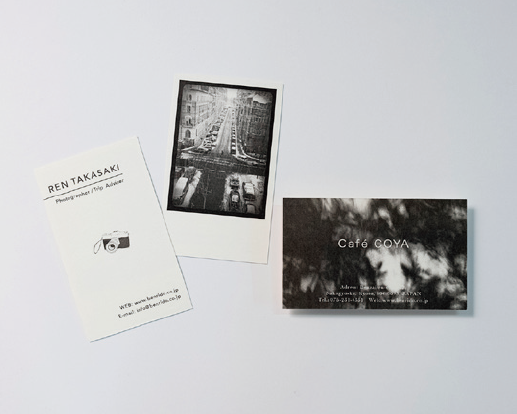
“What would it look like if I printed my own photo using the collotype process?”
“I want to make a print using collotype process, but isn’t it expensive?”
“I don’t know how to order”
COLLO-FULL is a system that can be used by people with the above concerns as a trial.
There are three main printing options: You can make a message card that is the size of a business card, or you can make a postcard-sized greeting card for special occasions. If you would like to make an artwork using the collotype process we recommend the print size of 8×10 inches.
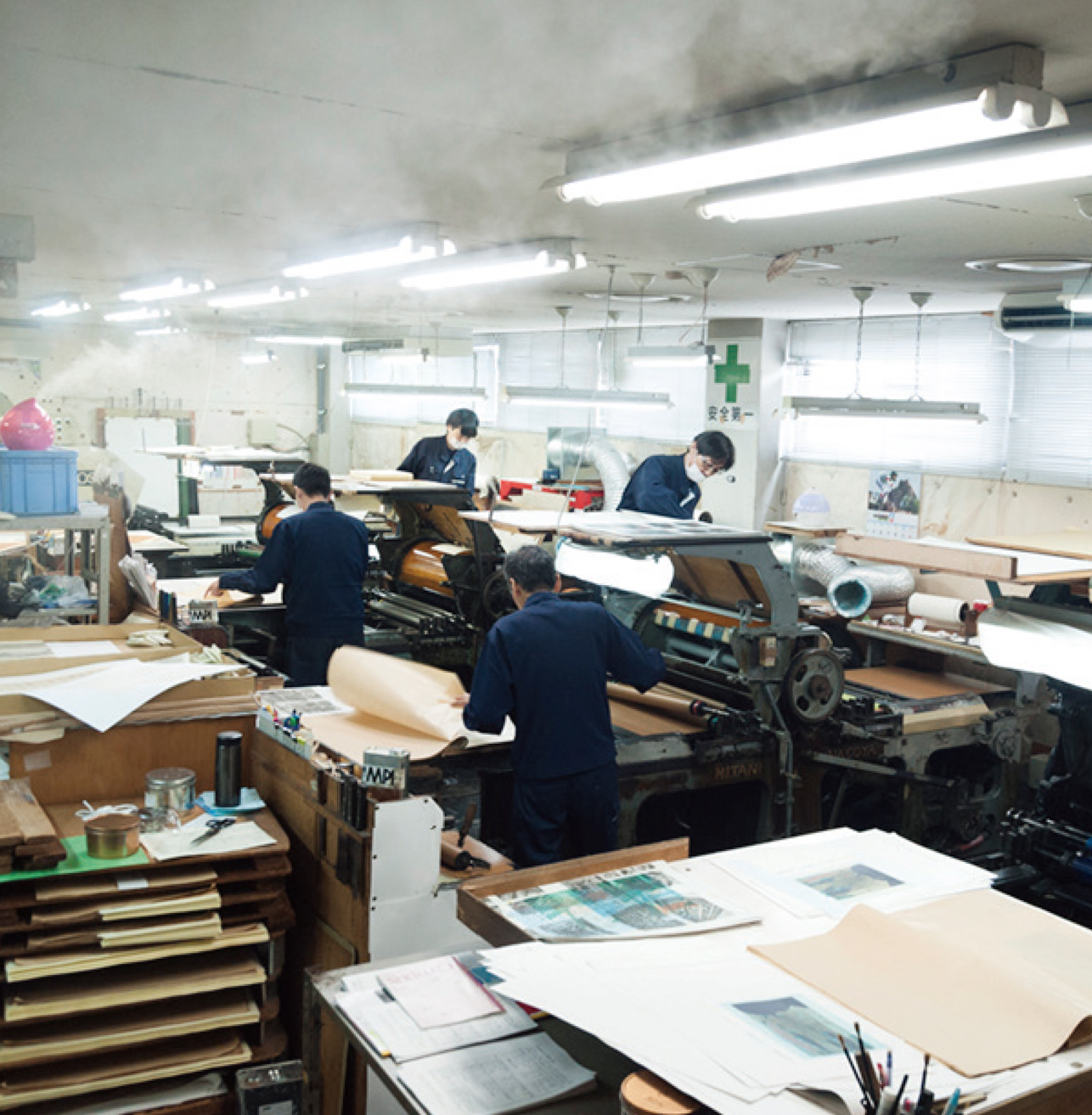
Introduction to Benrido Collotype Atelier
Benrido was founded as a rental library in 1887.The Collotype Atelier was established in 1905, and since then has produced postcards, art books, and collotype reproductions of numerous cultural properties and original works of art. In recent years, we have also received many production requests from overseas artists.
At the Benrido collotype atelier, collotype printing machines that have been used for more than 50 years are lined up, and master printers and young artisans work on perfecting their skills every day. While preserving tradition, we are taking on the challenge of technological innovations for the future and working to inherit and continuance collotype printing.
The humidity is kept at a constant level in the collotype printing studio.
The steam from the humidifier appears in the lights, and the artisans are busily walking around the rattling, buzzing machines. One after another they produce unique collotype prints.
Is there enough ink…
Is the plate in good condition?
Are there any imperfections or roughness in the print?
These are just some aspects that go into the making of the print that will be delivered to you.
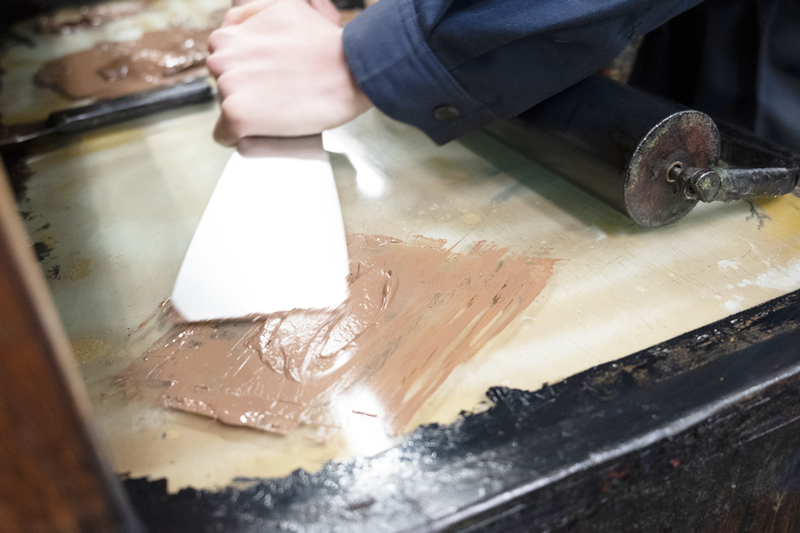
About Collotype Inks
Collotype inks are made using linseed oil and are very lightfast, often containing 60% pigment. Because of its archival properties, it is suitable for printing important photographs and framing them for display or archival use. At Benrido we use more than 40 colours of inks for collotypes, which are prepared by hand in our printing studio.
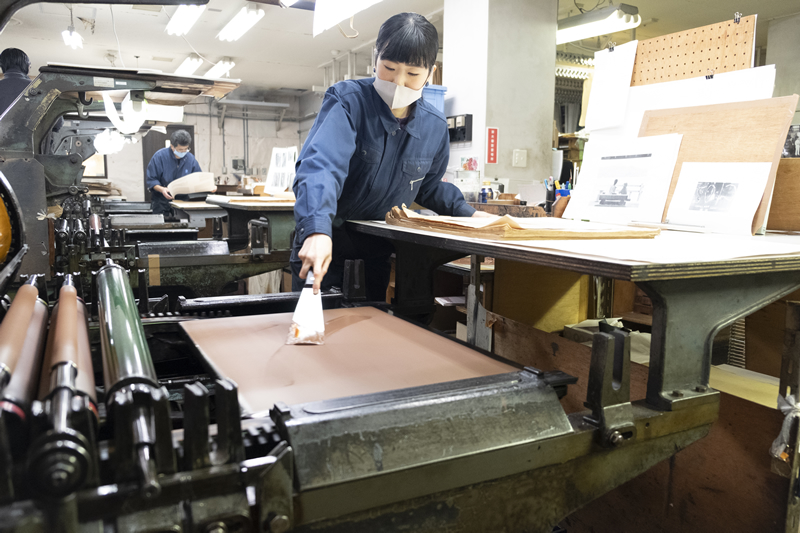
Apply the ink
The ink is applied using a spatula or hand-held roller directly onto a moving ink table. Not only is it important that the ink is evenly distributed, but the shading and contrast of the finished print is adjusted by the artisan’s eye and hand.
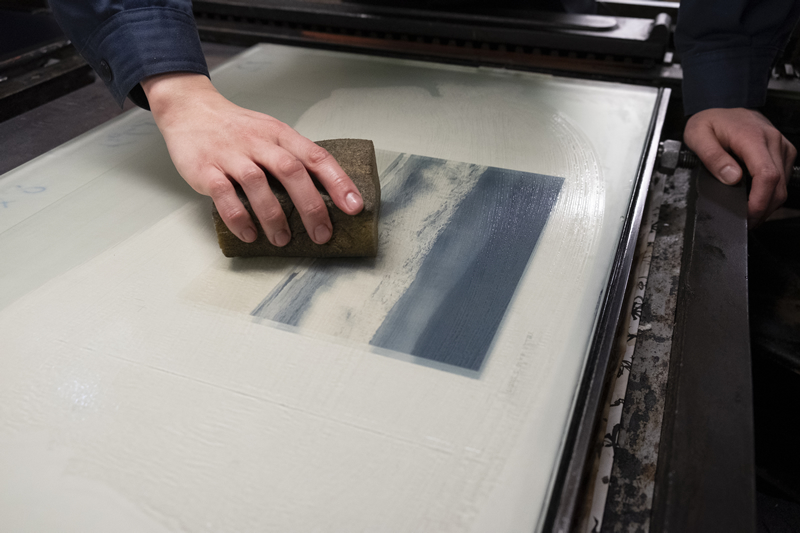
Moisten the plate
The collotype printing plate is made of a glass base on which a layer of gelatine mixed with a photosensitizer is applied to have an image burned on the layer’s surface. The print is made using the unevenness caused by the swelling of the gelatine the repulsion of the moisture and oil-based ink contained, the artisan adds moisture every time a dozen or so sheets are printed to maintain a good condition of the plate for printing.
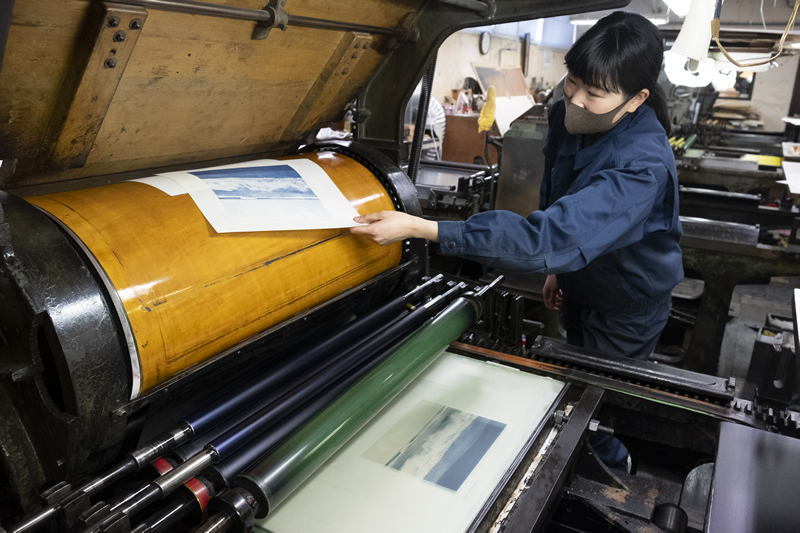
Printing
One by one, the papers are manually inserted into the machine. The paper then rotates on a cylindrical component which allows the paper to make contact on the gelatin glass plate to create the impression. The artisan’s gestures are smooth as they remove the printed paper from the machine, and placing it between sheets for drying and spot retouching. There is a lean beauty to the smooth and steady movement.

Checking the results
During the printing process, the same plate is used to print make multiple impressions. Even with the use of a power-driven machine, it is still up to the artisan to adjust the condition of the ink and the plate. It is very difficult to maintain the same print quality and so the quality of each print is carefully checked after printing for control.
List of product options
Business card size
Create a unique business card sized collotype print using your original photo, drawing or self-portrait! We can print clear type and logos as well as handwritten signatures in calligraphy or pencil.
It can be used in a variety of situations, such as business cards, store cards, and handbill-sized prints.
* Please see “Product Price List” for more information.
Available paper options
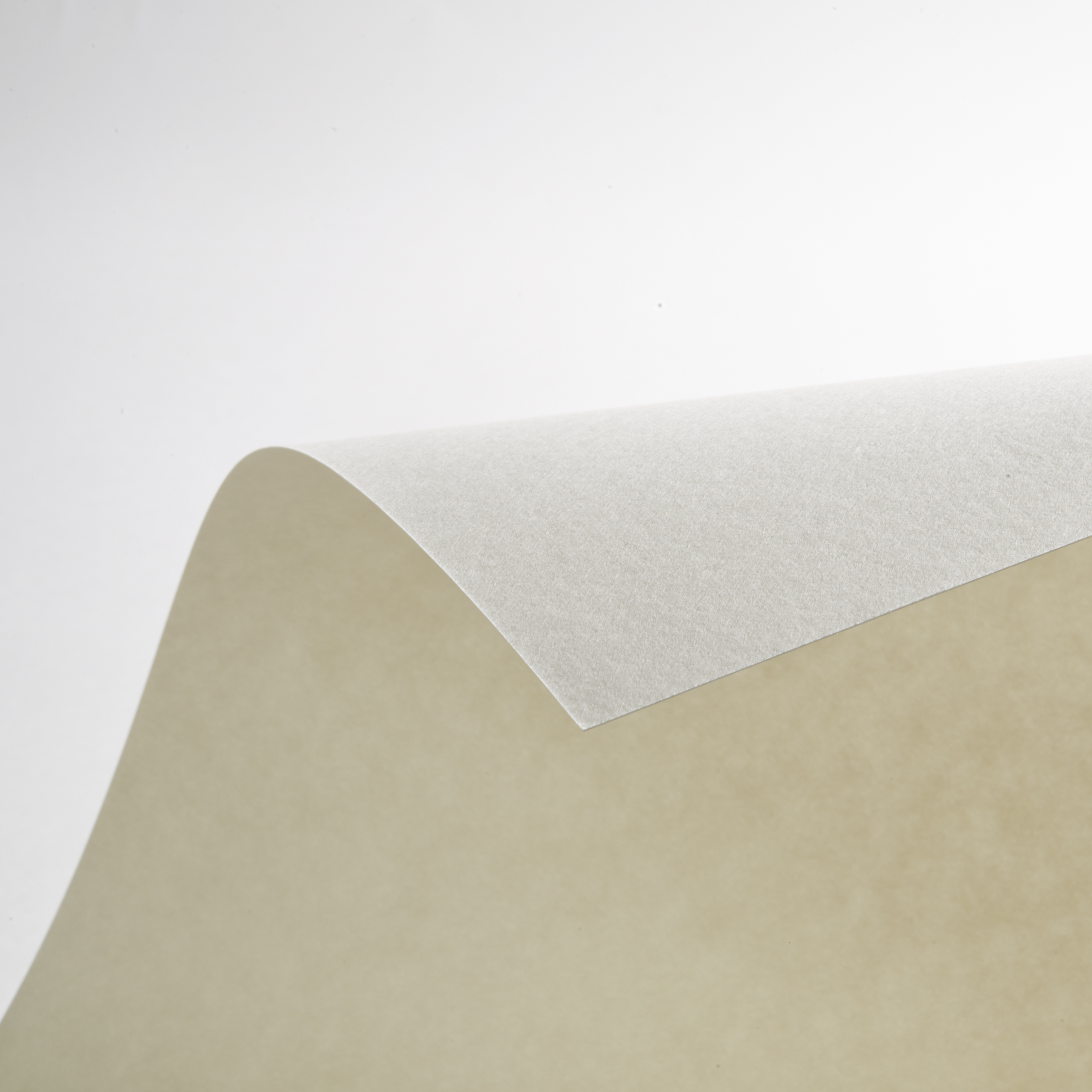
Japanese paper “Mitsumata Torinoko”
is a paper that has long been popular in Japan. Originally, it was made mainly from gampi, however, due to the difficulty of finding the necessary raw materials, Mitsumata and Kozo, which are closely related to gampi, were used as raw materials. Mitsumata is used as the main raw material for this type of paper, which has a glossy surface and is well adapted to ink making it possible to produce a high quality black tonal gradation.
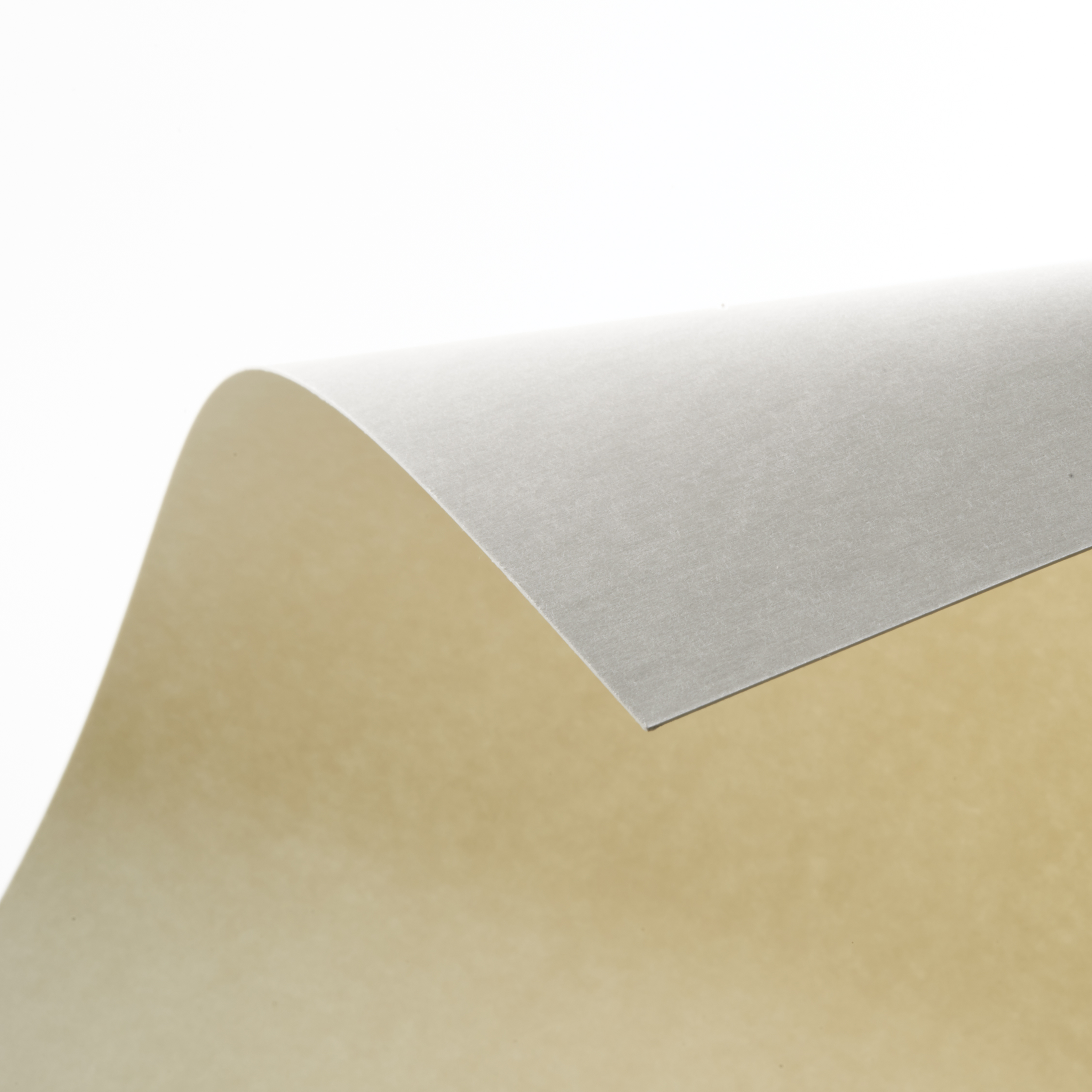
Paper “PHO”
「Photograph=This paper, named after the word “Photograph,” was produced by Fujifilm in 1949 using the same process as the base paper for photographic printing. The paper is smooth on both the front and the back, and has a fine texture, but is also very firm. The use of slightly creamy colours gives the print a warmth and contrast.
Printing on one side or double sided
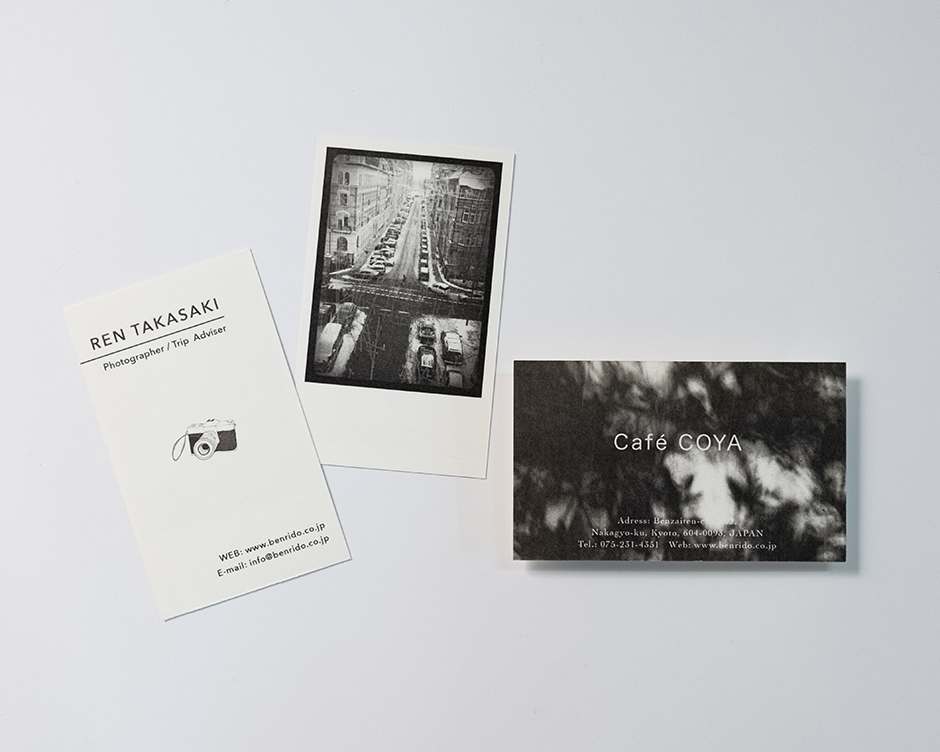
Oftentimes, business cards or small greeting cards need to hold a lot of information. Why not use the front of your business card sized print for the text, and the back of your business card sized print for an image or design that introduces your work? Nevertheless, a simply designed single-sided business card with a photo or text will also leave a lasting impression on the recipient with the unique texture of the paper and print quality of collotype.
Postcard size
Make a collotype print in a size of a postcard.
Postcards, small works of art, personal mementos and so on, this print size can be used in many ways depending on the idea.
By using collotype, you can make many beautiful and unique works to express your idea share it with those close to you.
Available paper options

Japanese paper “Mitsumata Torinoko”
is a paper that has long been popular in Japan. Originally, it was made mainly from gampi, however, due to the difficulty of finding the necessary raw materials, Mitsumata and Kozo, which are closely related to gampi, were used as raw materials. Mitsumata is used as the main raw material for this type of paper, which has a glossy surface and is well adapted to ink making it possible to produce a high quality black tonal gradation.

Paper “PHO”
This paper, named after the word “Photograph,” was produced by Fujifilm in 1949 using the same process as the base paper for photographic printing. The paper is smooth on both the front and the back, and has a fine texture, but is also very firm. The use of slightly creamy colours gives the print a warmth and contrast.
8×10 inch
The 8×10 inch (20.3 x 25.4 cm) collotype print is perfect for making artworks.
When framed in a beautiful frame for personal use or exhibited, your collotype print will suit any space.
The high archival value of collotype prints makes it ideal for everyday display or as a family portrait to keep as an heirloom.
Available paper options
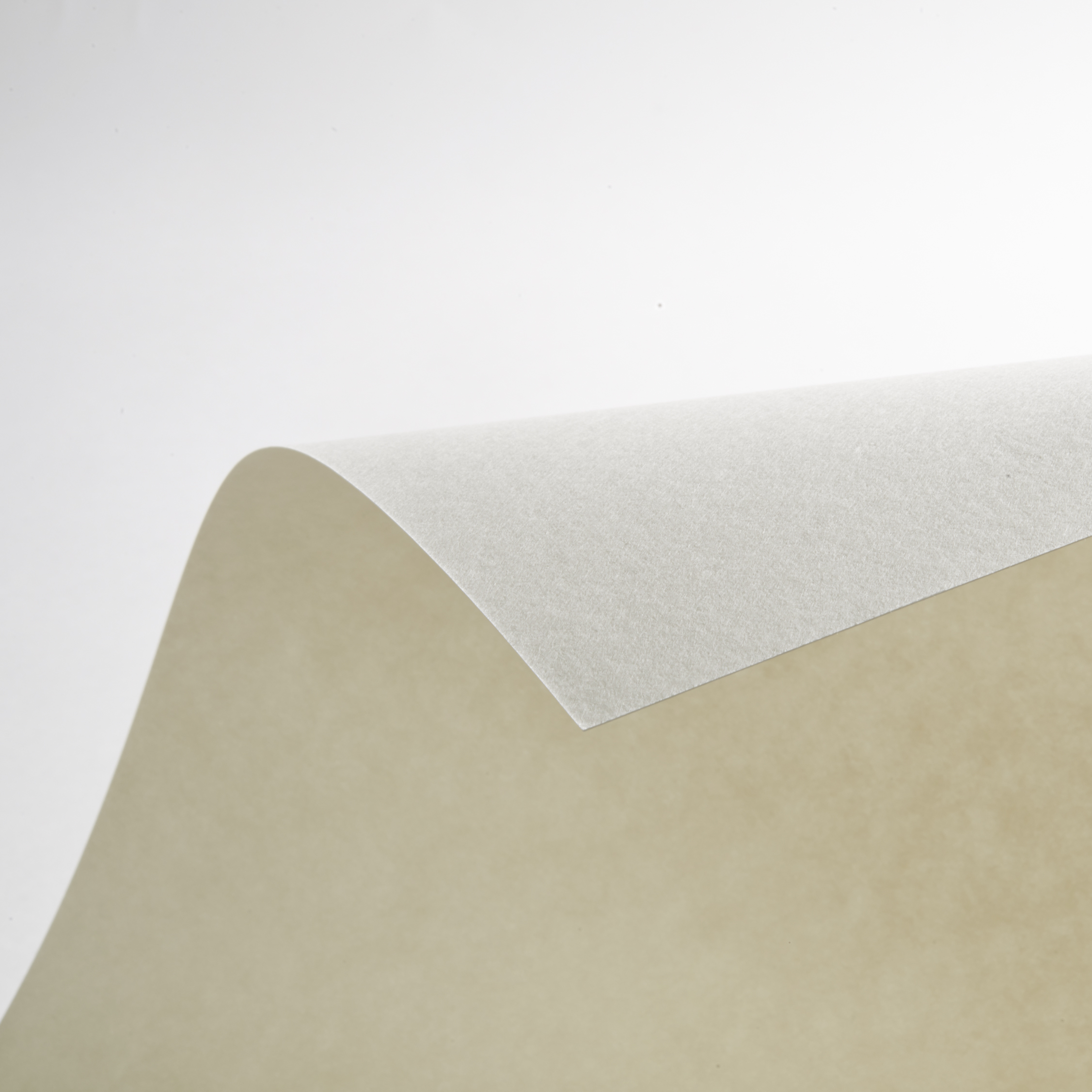
Japanese paper “Mitsumata Torinoko”
is a paper that has long been popular in Japan. Originally, it was made mainly from gampi, however, due to the difficulty of finding the necessary raw materials, Mitsumata and Kozo, which are closely related to gampi, were used as raw materials. Mitsumata is used as the main raw material for this type of paper, which has a glossy surface and is well adapted to ink making it possible to produce a high quality black tonal gradation.
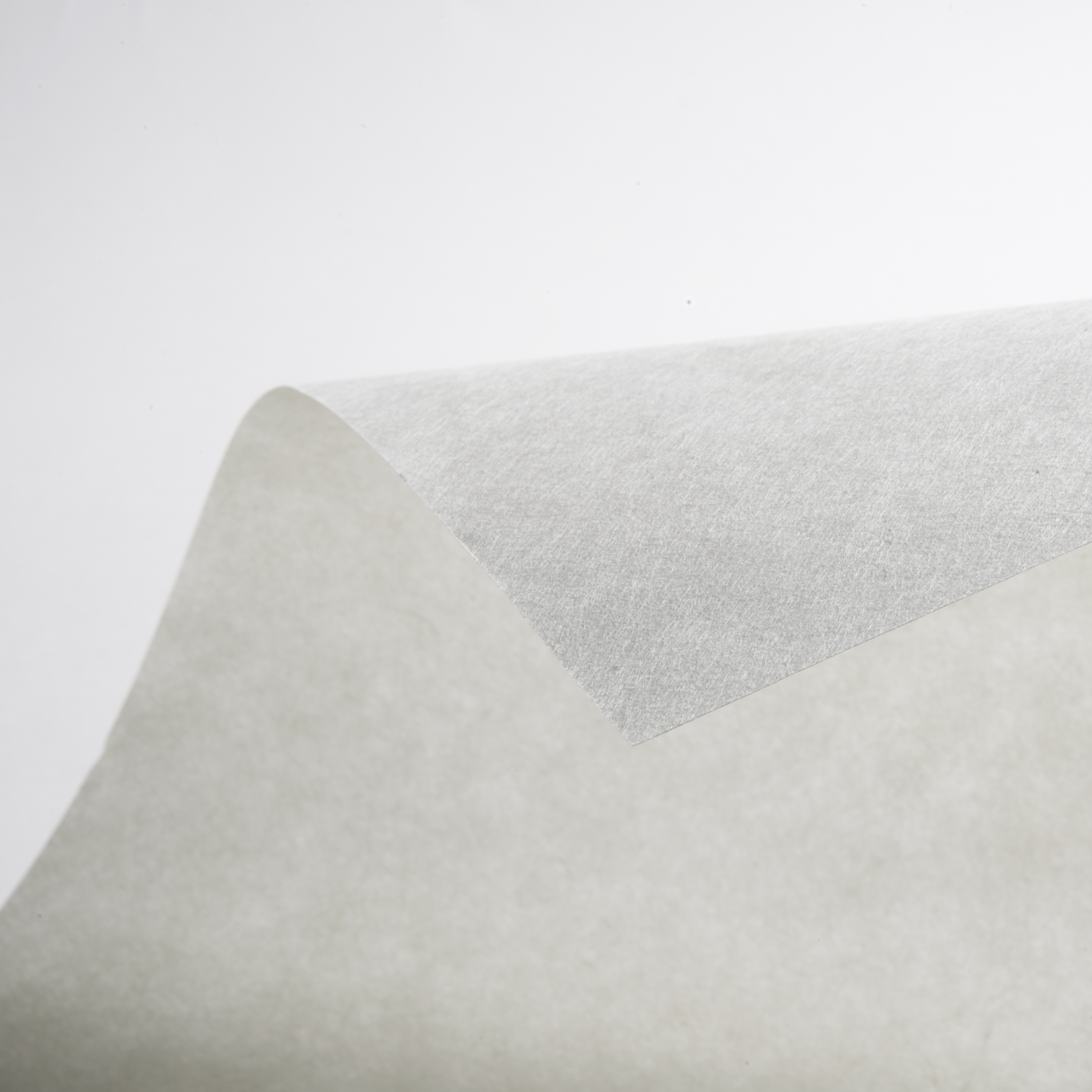
Japanese paper “Kozo”
A beautiful thin “Kozo” paper with a rough texture and a translucent feel. It absorbs ink very well and supports the smooth and rich colour of the pigments. The fibers of the paper are thick and long, so there may be some fine fibers on the solid surface. This is a characteristic of the lightness of this paper, which can be enjoyed as a unique feature of Kozo.
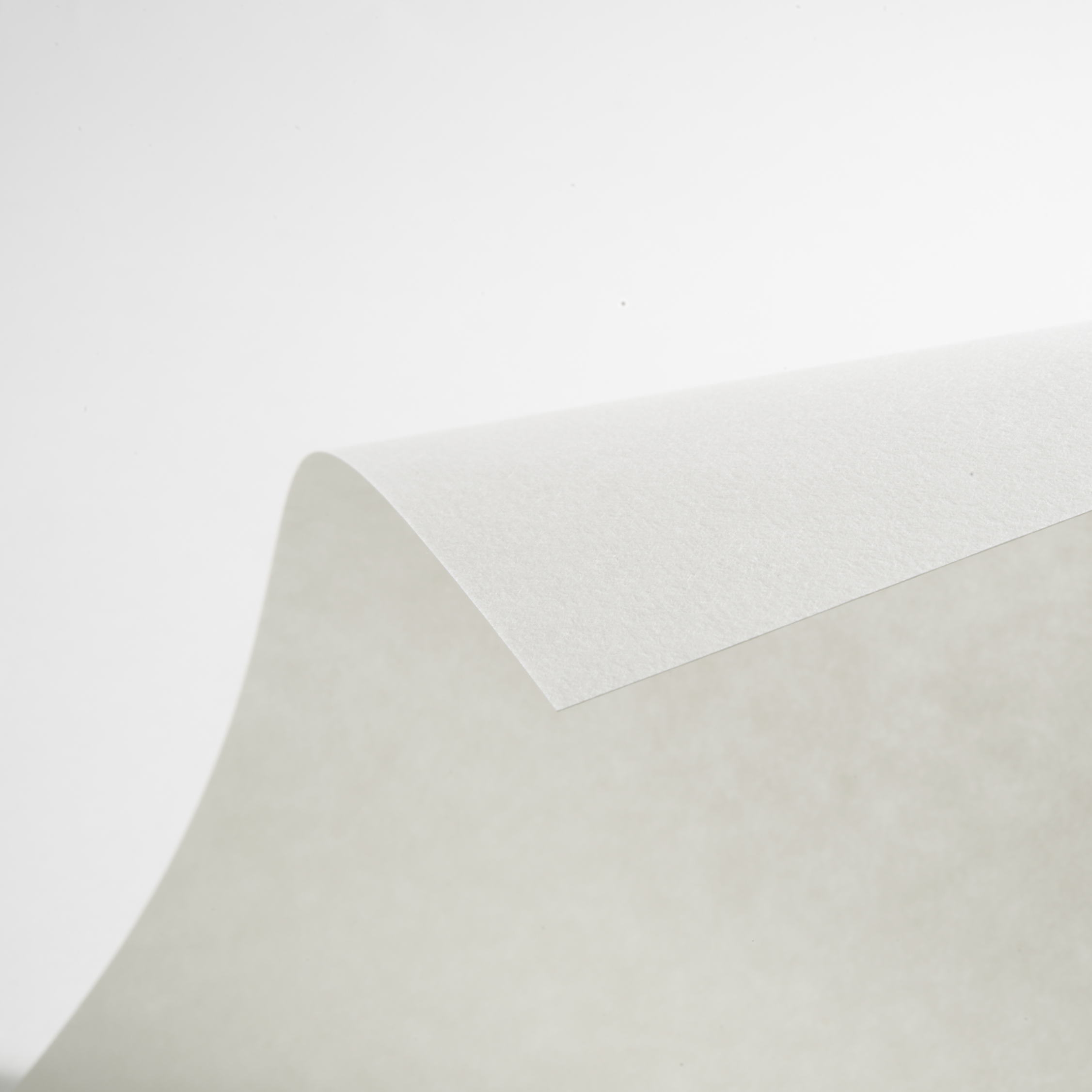
Japanese paper “Torinoko white”
Unlike the Mitsumata Torinoko, this paper is as white as snow and has a slightly translucent texture. It is particularly suitable for those who wish to express a crisp black colour. The surface, which gives the impression of fiber, adds texture to a wide range of images.
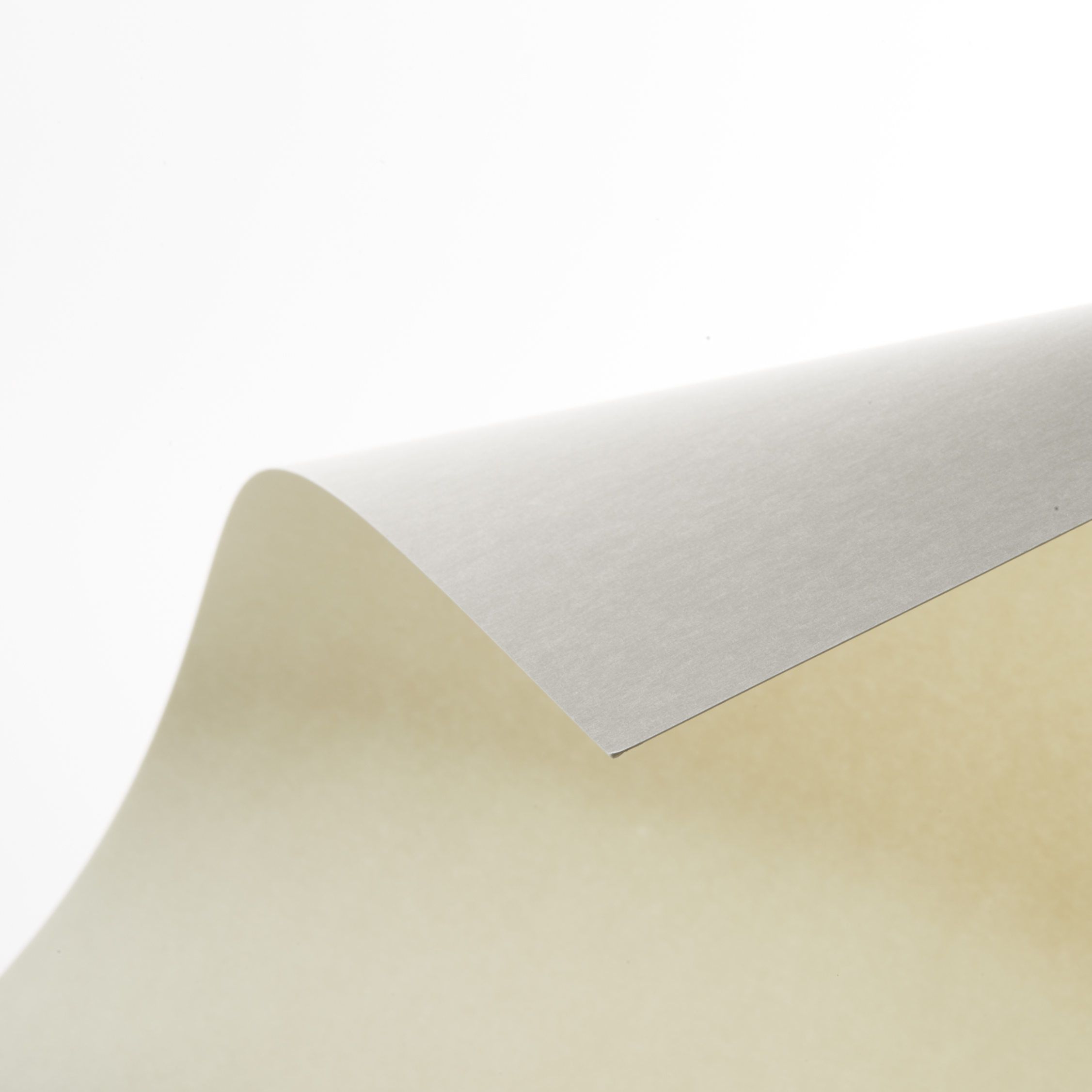
Paper “PHO”
This paper, named after the word “Photograph,” was produced by Fujifilm in 1949 using the same process as the base paper for photographic printing. The paper is smooth on both the front and the back, and has a fine texture, but is also very firm. The use of slightly creamy colours gives the print a warmth and contrast.



